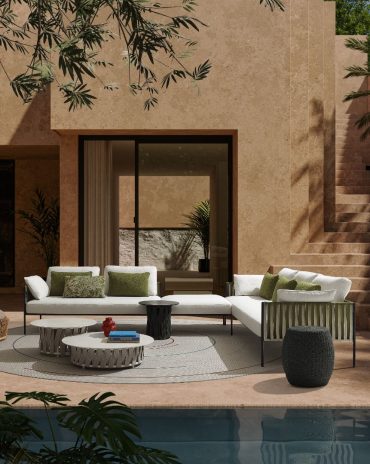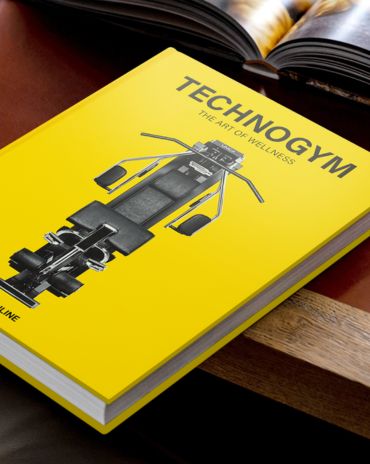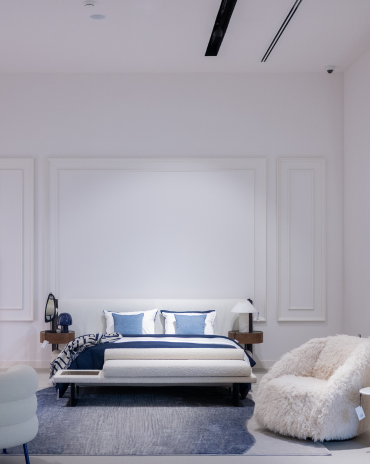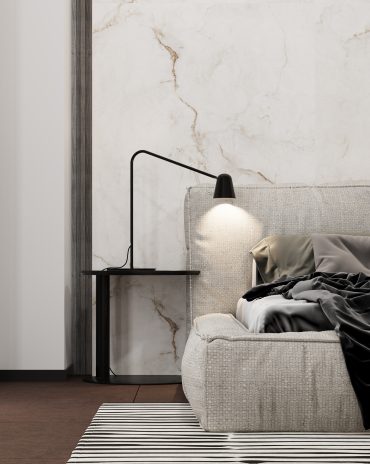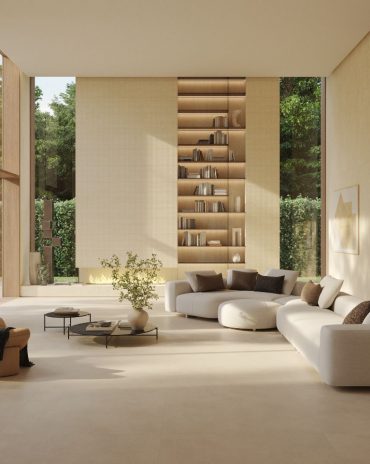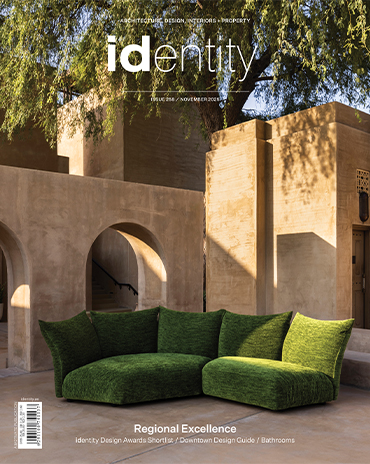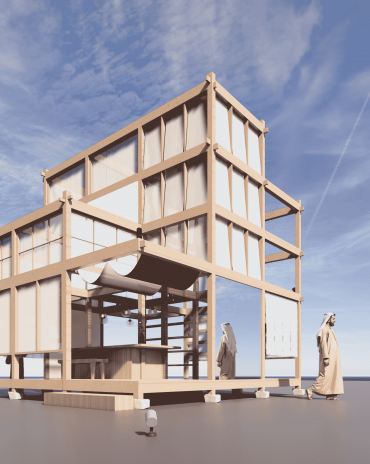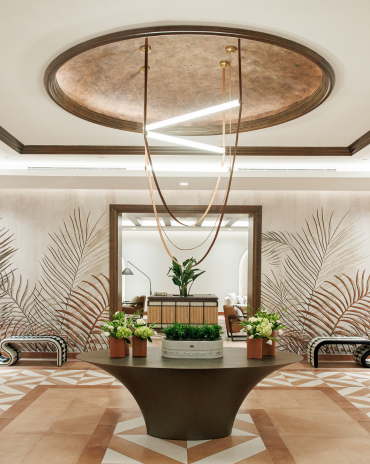Copyright © 2025 Motivate Media Group. All rights reserved.
UNNO digital gallery debut marks a new era for Latin American design
UNNO aims to showcase the diversity of Latin America through design and art
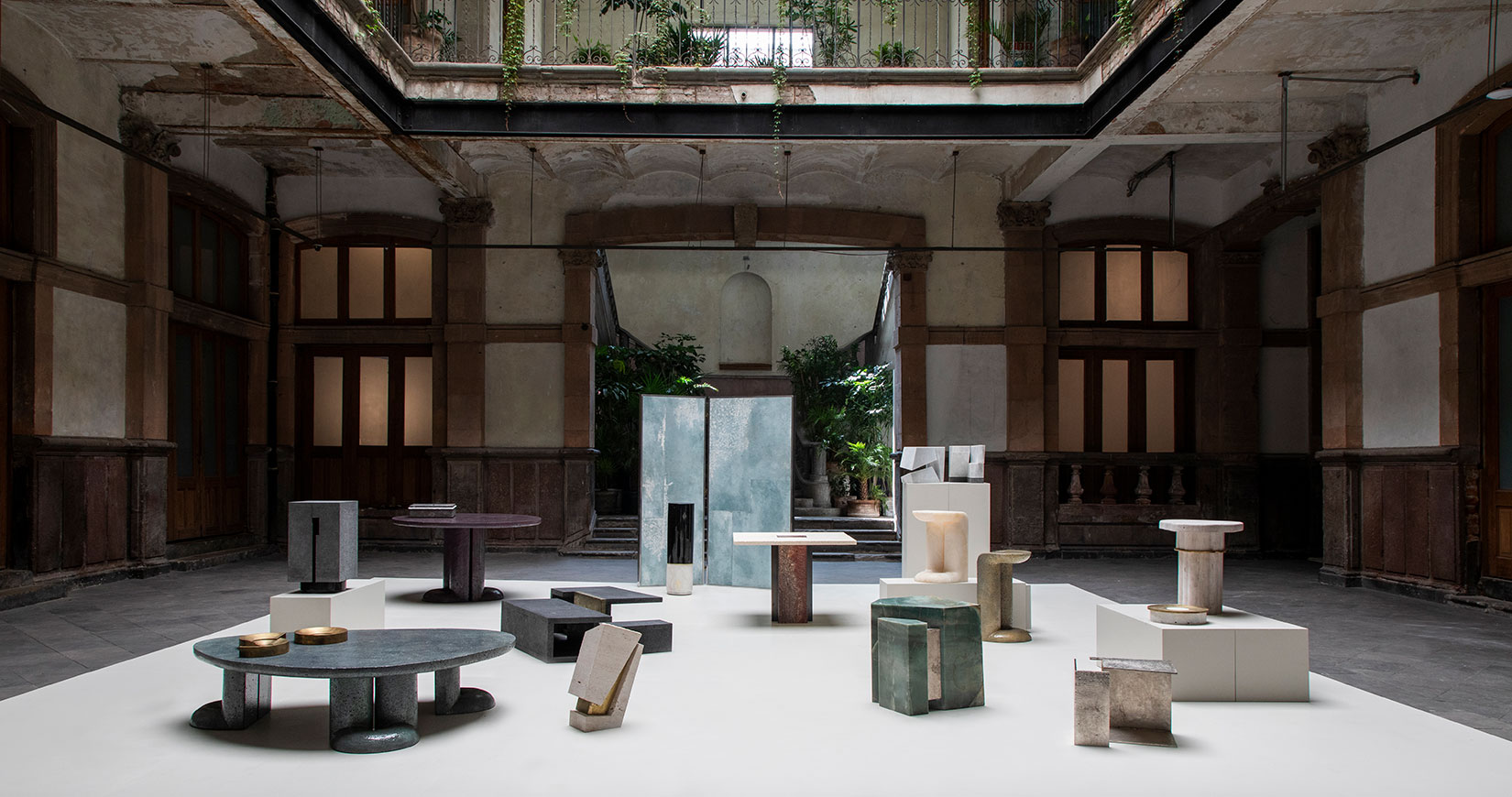
Revisiting ancestral traditions of mythology and making, UNNO gallery aims to put the spotlight on design from Latin America that pays homage to the history and culture of the region, while showcasing its contemporary capabilities through a digital platform.
The name of the gallery is inspired by the Spanish word ‘uno’ – meaning ‘one’ – and refers to the idea that Latin American cultures, countries and people share a common heritage that unites them as a whole.

Photography by Ana Hop.
Founded in 2019 by interior designer Maria Dolores Uribe, who heads up her own design showroom called Studio 84 in Mexico, and architect and sculptor Laura Abe Vettoretti, who is director of interior design at Gloria Cortina, a studio based between Mexico City and New York, the platform’s aim was to create a space “for young designers by young designers”, bringing forward fresh ideas and a desire to challenge the status quo.
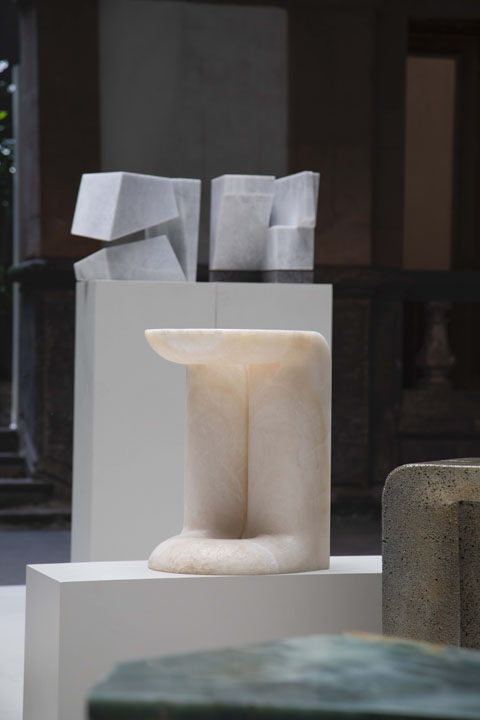
Photography by Ana Hop.
With 10 years of experience in showcasing European art to the Mexican market, Uribe – alongside partner Vettoretti, who shares her appreciation for the artisanal crafts of the region as well as a love for contemporary art and design – decided to flip the script and showcase a renewed vision of Latin American design that displays its potential within the sphere of contemporary collectible design – this time to a global audience. And what better way to do that than through a digital gallery that is accessible to all, at all times?
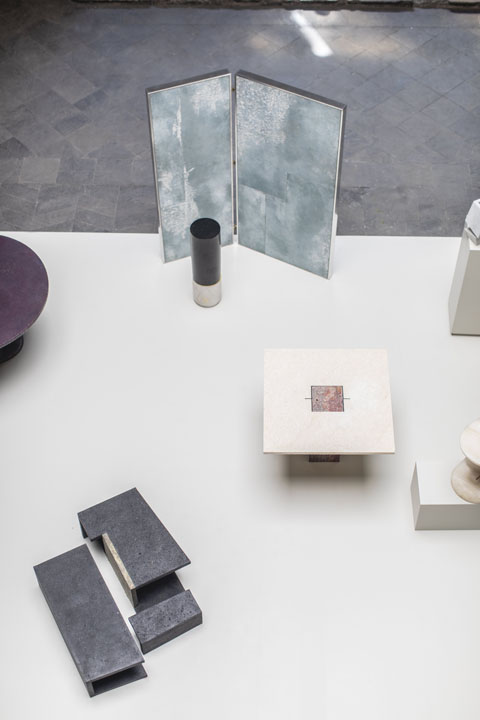
Photography by Ana Hop.
“After long nights of talking about design, we came up with the idea that we want to share the contemporary vision of a group of young Latin American designers with the world,” the founders explain. “We came together as UNNO because we believe that the image of Latin American design [usually] portrayed to the world doesn’t always correspond with our own view, which is something that is pure, deep, raw, mystical and elegant – and that’s the Latin America we want to show the world.”

Mullunu collection by Ian Felton. Photography by Ana Hop.
With the outbreak of the COVID-19 pandemic, the duo decided that the most organic approach would be to adapt the gallery in a way that allows it to be accessible everywhere, and to everyone, allowing collectors and designers to connect with ease. “We are living a digital revolution and [becoming] the first Latin American digital gallery sounded just right. We want to create an experience of connection between our pieces and the life experiences of the collectors [by creating a] narration of the history of our land in a contemporary manner. The experience behind the digital gallery is structured as a narration through time. It has an artistic, theorical and graphic value, and as a user you discover the pieces through storytelling – but it is also functional at the same time.”
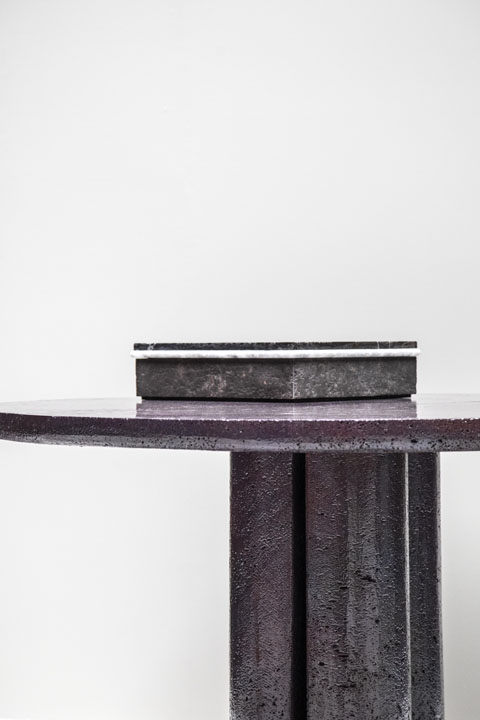
Tlanextli collection by Bandido Studio. Photography by Ana Hop.
The debuting collection includes the works of Abe Vettoretti and Uribe, as well as Mexican designers Cesar Nunez and Bandido Studio, and pieces by Brooklyn-based designer Ian Felton. The digital gallery is set at 32 General Prim, a ‘Porfirian’ house from the early 20th century that’s located in the Colonia Juárez neighbourhood in Mexico City – a location that has lived through the Mexican Revolution and later became the home of a tobacco brand. In 2014, the building was restored by architect Albert Kalach, preserving its personality and history.
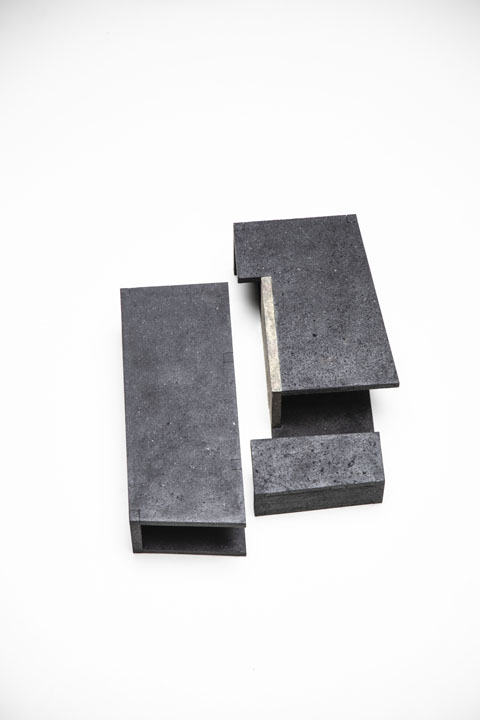
Nusca collection by Laura Abe Vettoretti and Maria Dolores Uribe. Photography by Ana Hop.
The design pieces selected for this first exhibition pay homage to the “sacred origins envisioned by our forefathers,” the duo states. Inspirations behind the design include ancient architectural traditions of Mexico, pre-Hispanic architecture, the symbolism of the sun in pre-Colombian inscriptions and Mesoamerican culture, as well as artistic movements throughout Colonial Mexico. Each piece is hand-crafted by local artisans and celebrates materials and forms found across the region – from lava stone, jade, cast bronze, onyx and obsidian to brass and black marble.

Photography by Ana Hop.
“We believe that every act of creation demands a well-thought interplay between materials and technique, an alchemy achieved through composition and procedure,” the founders explain. These ancestral procedures are present in the craft and values of our designers; artists who work exclusively with natural materials and controlled extraction.”
Read more: Flavie Audis’ first solo show of collectible design poses questions around Earth’s resources
The Latest
The language of weave
Nodo Italia at Casamia brings poetry to life
The Art of the Outdoors
The Edra Standard Outdoor sofa redefines outdoor living through design that feels, connects and endures
The Art of Wellness
Technogym collaborates with Assouline to release a book that celebrates the brand’s 30-year contribution to the fitness industry
The Destination for Inspired Living – Modora Home
Five reasons why you need to visit the latest homegrown addition to the UAE’s interiors landscape
Elemental Balance — A Story Told Through Surfaces
This year at Downtown Design 2025, ClayArk invites visitors to step into a world where design finds its rhythm in nature’s quiet harmony.
The identity Insider’s Guide to Downtown Design 2025
With the fair around the corner, here’s an exciting guide for the debuts and exhibits that you shouldn’t miss
A Striking Entrance
The Oikos Synua door with its backlit onyx finish makes a great impression at this home in Kuwait.
Marvel T – The latest launch by Atlas Concorde
Atlas Concorde launches Marvel T, a new interpretation of travertine in collaboration with HBA.
Read ‘Regional Excellence’ – Note from the editor
Read the magazine on issuu or grab it off newsstands now.
Chatai: Where Tradition Meets Contemporary Calm
Inspired by Japanese tea rooms and street stalls, the space invites pause, dialogue, and cultural reflection in the heart of Dubai Design District
A Floating Vision: Dubai Museum of Art Rises from the Creek
Inspired by the sea and pearls, the Dubai Museum of Art becomes a floating ode to the city’s heritage and its boundless artistic ambition.
Heritage Reimagined
Designlab Experience turns iconic spaces into living narratives of Emirati culture, luxury, and craftsmanship.





